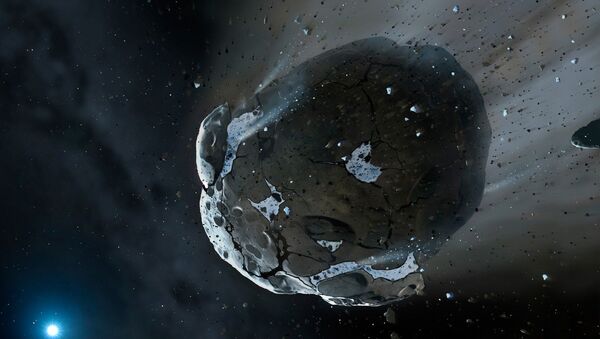The program can identify asteroids likely to hit the Earth, automatically calculating the path and impact of celestial bodies, according to researchers.
"Some near-Earth asteroids are […] potentially hazardous to Earth and their properties need to be better understood in order to inform impact mitigation strategies," NASA writes.
Identifying small asteroids is difficult, requiring multiple observations to determine a precise orbital measurement. The earlier a researcher can collect data, the more effective are the predictive estimates, especially when it comes to asteroids that may strike the Earth.
Improving on the model, Scout automatically checks the website and, over the course of ten minutes, calculates the potential paths of newly-posted objects. In the event an asteroid poses a threat to Earth, the program informs astronomers by email or text. Astronomers then continue and deepen their observations, followed by refined calculations from Scout.
Referring to near-Earth objects and their potential to impact our planet, Paul Chodas, manager of NASA's Center for Near-Earth Object (NEO) Studies at the Jet Propulsion Laboratory (JPL) in California, told Space.com, "In many cases, after a few more observations, we realize it's not high priority, because it's not going to come as close as suspected."
Once a space object is identified as an asteroid, another program, called Sentry, begins to monitor the orbiting space rock.
These automated warning systems can help corresponding organizations to centralize data, and prepare, if necessary, for disaster.



